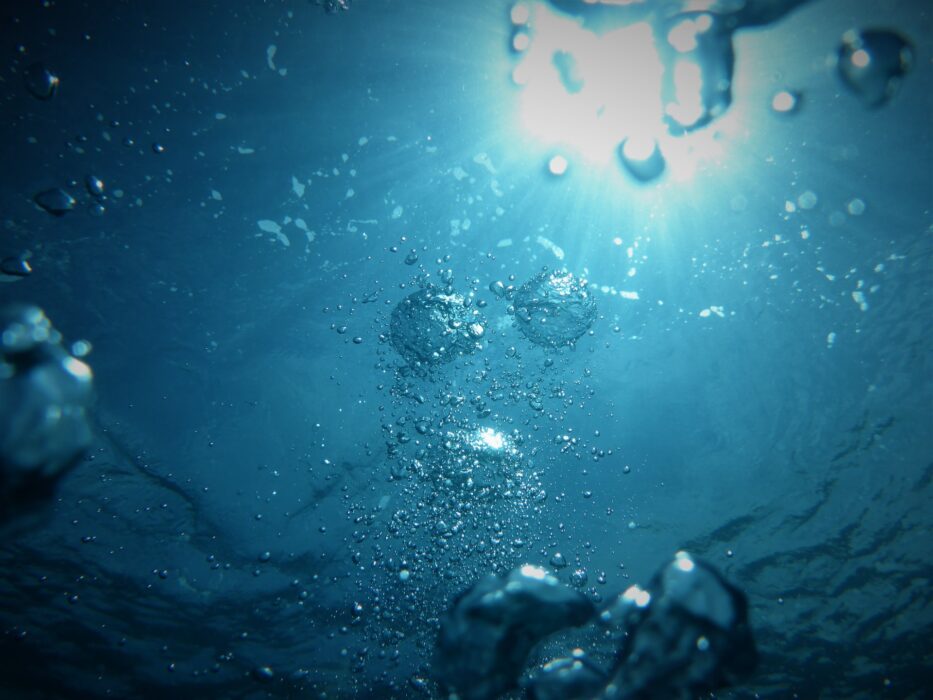It’s no surprise that we need safe drinking water to survive. We also need clean water for many other purposes, such as cooking, cleaning, and many industrial practices that provide the goods and services we need in our modern society.
But we often take clean water for granted. Most freshwater around the world is polluted in some way and water treatment is required before we can consume or use it.
There are many different water treatment systems available, both at a community and an individual level. And wastewater treatment allows for some water to be treated and reused in some circumstances.
But what are the best water treatment methods we use today? And what methods of water treatment should you use at home? We cover all of this below, so keep reading to find out.

Community Water Treatment
The water we receive in our homes through our tap system has already undergone a significant water treatment process. For most people in the US, Europe, and Australia, this water is perfectly safe to use and drink.
Here are some of the methods of water treatment used to prepare water at a community level.
Coagulation
In one of the first steps of water treatment, chemicals with a positive charge are added to water. The negatively charged dirt and other particles present in the water are combined with the chemicals. The result is a physical substance called floc.
Sedimentation
When floc is created, much of it can sink to the bottom and settle. Once on the bottom, this floc is known as sludge. In sedimentation basins, the water and sludge are then separated.
Filtration
Water is then passed through a filter, usually made of sand, gravel, or other minerals. These filters remove fine particles from the water such as dirt, dust, bacteria, parasites, and viruses. Filtration also prepares the water for the next step; disinfection.
Disinfection
Once free from the majority of impurities, the water is then disinfected in the final step of large-scale water treatment. To disinfect, chlorine or a similar substance is added to the water which kills any remaining bacteria or parasites.
The chlorine also protects the water from contamination as it travels through pipes to homes and businesses. While many people dislike the taste of chlorine in their drinking water, it ensures safe, healthy water reaches your home.
Household and Personal Water Treatment
Once the water reaches your home, you can choose to treat it further based on your personal preference, or in case you live in an area where further treatment is required.
There are many types of household water treatment types. Water filters come in many shapes and sizes and help to remove impurities added during travel. They can also reduce or remove the taste of chlorine and other additives in the water.
Water softeners can reduce high levels of heavy metals in your water, helping to prevent corrosion in pipes and appliances. And distillation is essentially boiling water to remove everything in it.
Clean Water Is Still a Luxury
It’s important not to take clean water for granted. You may not enjoy the taste of tap water at your home, but it’s safe, clean, and convenient.
Many people around the world still drink dirty water every day or still have to walk miles each day to collect water just to survive. An estimated 780 million people around the world are drinking compromised water, which leads to large amounts of preventable sickness and death.
Thankfully, we have the water treatment infrastructure we need to thrive. Hopefully, we can help everyone have access to safe drinking water in the near future.
Looking for more information on a healthy lifestyle? Be sure to visit our blog today.


















